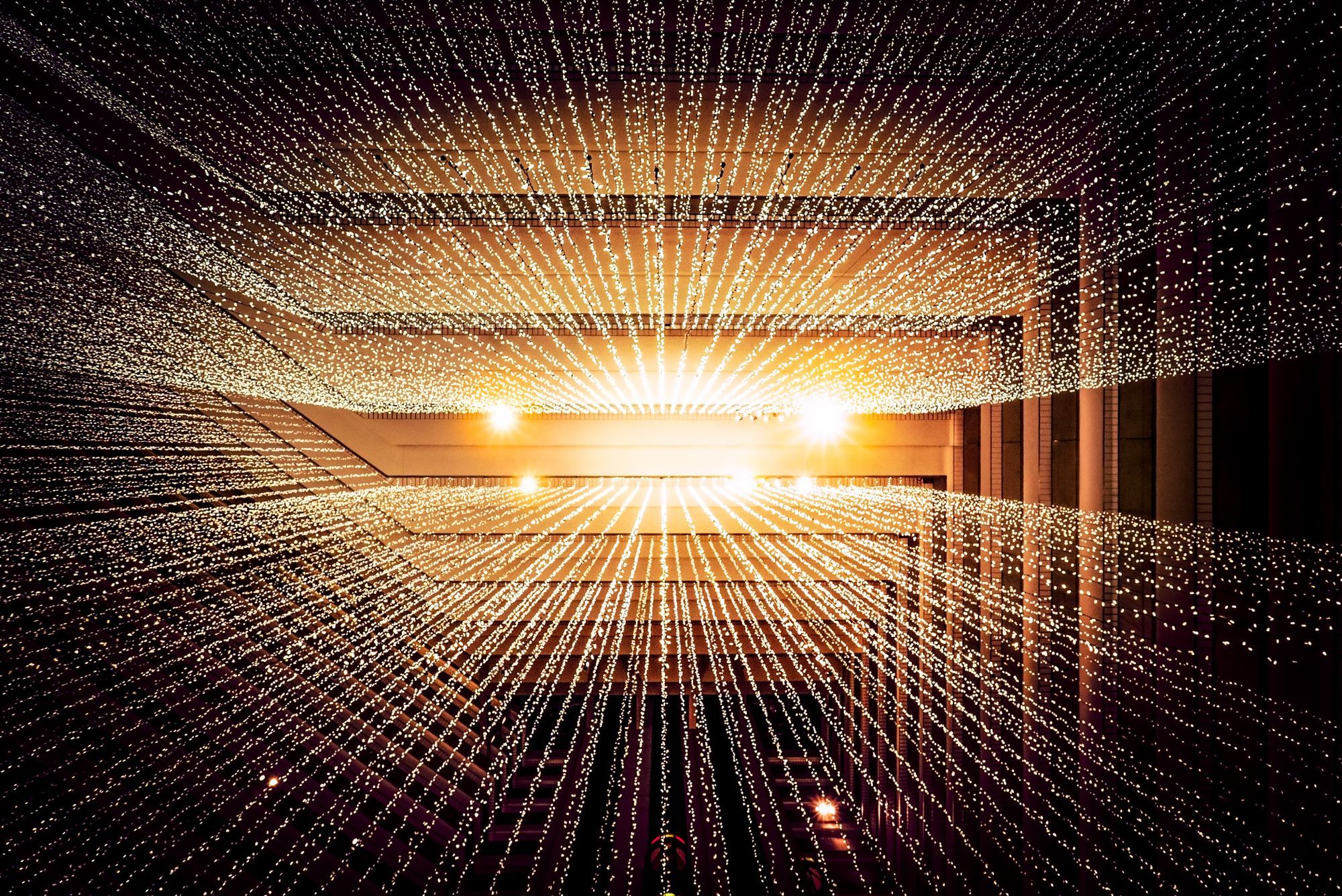3 min reading Thu Dec 09 2021
How remote connectivity and digital transformation impact your organization's security

As organizations rush to become more digital due to the global pandemic, they increase their exposure on the Internet. 2020 has brought a tsunami of employees using their home networks to connect to cloud services via Remote Desktop Protocols (RDP), Virtual Private Networks (VPN), and application suites like Microsoft Office 365 or Google Workspace. A wave of new remote connectivity in contrast to using the more secure and monitored network at the office.
At the same time, the trend continues: digital transformations are encouraged, embraced, and rushed.
Some of us might have been waiting for that user-unfriendly timesheet management application to be replaced for years. New technology might bring user-friendly functionality; however organizations need to securely let go of the previous technology and securely set up and manage the new technologies.
So the wave of remote connectivity and digital transformation can get businesses stuck between a rock and a hard place.
Simply put, connecting remotely and introducing new tech translates into an increased threat surface that malicious hackers can exploit.
What happens is that attackers can take advantage of the lack of or reduced level of monitoring to compromise employee credentials and infiltrate the corporate network. The result can be a data breach or a different type of data-focused attack.
As a response, organizations increase cybersecurity spending and rush to figure out ways to 'fix the issue'. The digital footprint resulting from increased connectivity and digital transformation is not a problem to be fixed but a process to be managed.
It all starts with knowing what you know and what you don't know. Next, to have a managed process, it's important to know what is under the control of your organization and what is not. Lack of consistency with these two aspects often leads to data breaches despite increased investment.
Let's take the example of using application suites like Microsoft Office 365 or Google Workspace. The assets that make your digital footprint, like the server on which your website runs, or your email infrastructure, are in the cloud. This can mean that the management of that system is out of your zone of control.
In case of vulnerabilities on this system, to avoid a data breach, it is under the organization's control to set up and run a remediation process. The goal is to fix the problem with the third party or fourth party who has complete control of the system supporting your website or email infrastructure.
How to map and manage the digital footprint of your organization can be difficult without the right tools and strategy. If you want more control over your data's security, start with understanding your supply chain's digital footprint. Don't get stuck between a rock and a hard place!
If you need help getting started, Ceeyu can support you visualizing your digital footprint and supply chain. Connect with us via [email protected]


